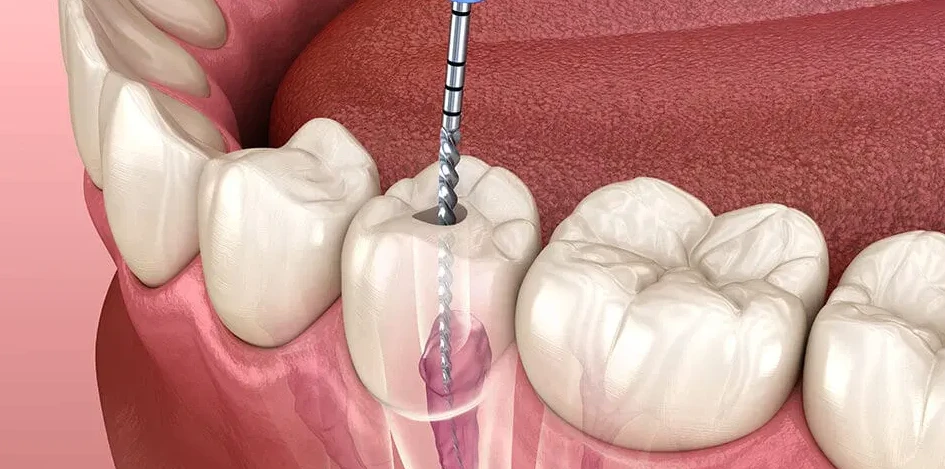1) Precise diagnosis
We begin with a detailed examination, pulp vitality tests, and digital X-rays to map canal anatomy and assess
infection.
2) Comfortable, gentle anesthesia
Topical gel followed by carefully delivered local anesthesia keeps you comfortable. Most patients feel
pressure, not pain.
3) Isolation & infection control
Whenever feasible, we place a rubber dam to keep the tooth clean and dry—improving safety and the quality of
disinfection.
4) Cleaning & shaping
Modern instruments and length verification are used to remove infected tissue and shape canals precisely for
disinfection.
5) Disinfection & sealing
Antimicrobial rinses are activated and the canals are filled (obturated) and sealed to block bacterial
re-entry.
6) Strong final restoration
We rebuild the tooth (core build-up). A dental crown is typically recommended for molars or
heavily damaged teeth to prevent cracks and enhance longevity.
Single-sitting vs multi-visit: Uncomplicated cases can often be completed in
one visit. Teeth with significant infection, drainage, or complex canals are best treated
over two or more appointments for predictable healing.


